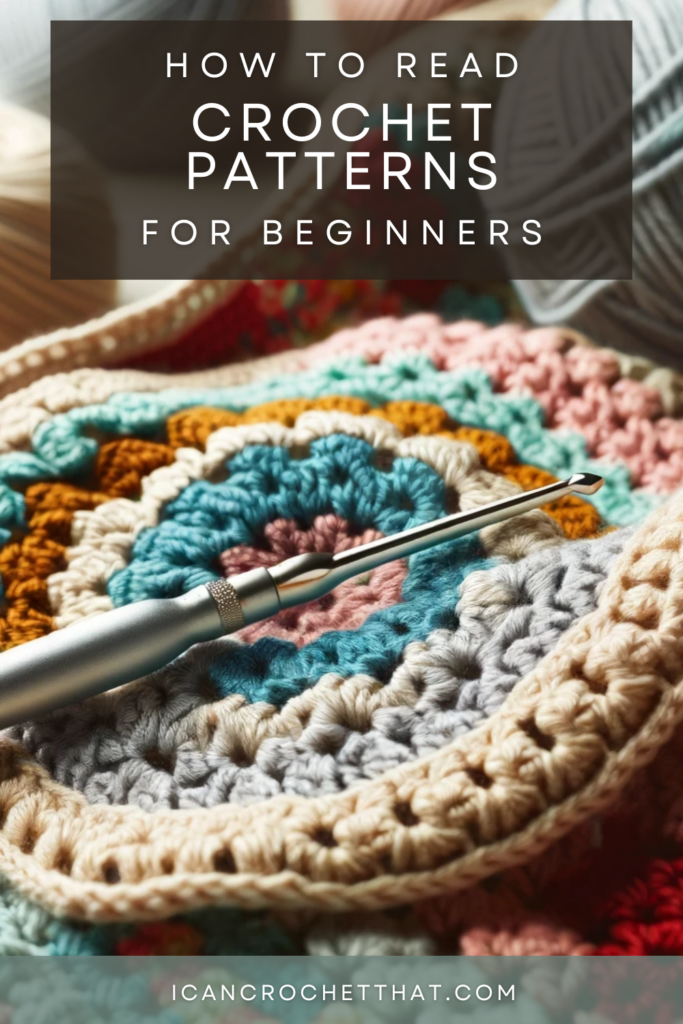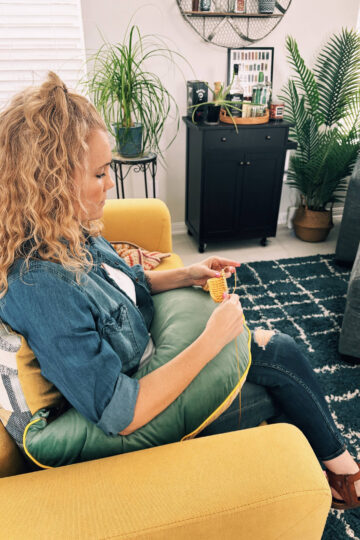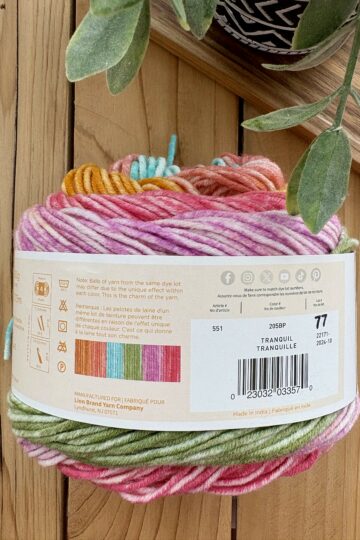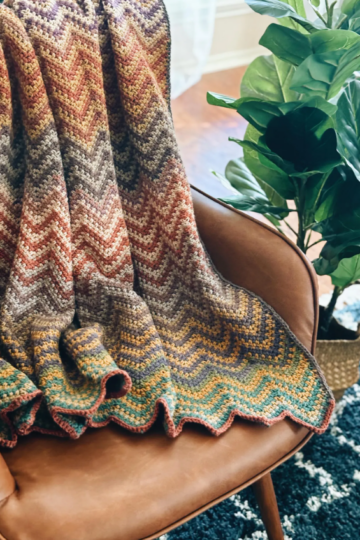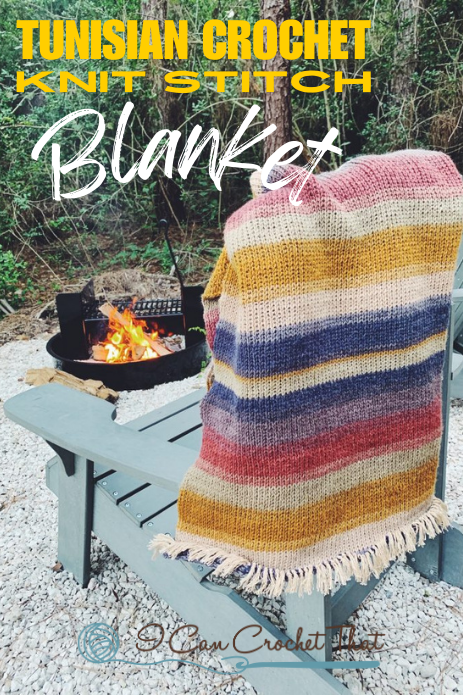Unlock the secrets of crochet patterns with our easy-to-follow guide for beginners. Gain the skills to learn how to read crochet patterns, elevating your crafting experience from beginner to expert.
This one today is for my beginners out there.
Are you just starting to learn crochet and are intimidated by the idea of a crochet pattern? Well, don’t worry one bit.
Understanding crochet patterns might initially appear daunting due to their unique shorthand and symbols.
However, deciphering these patterns becomes much more manageable with a foundation in basic crochet knowledge and consistent practice.
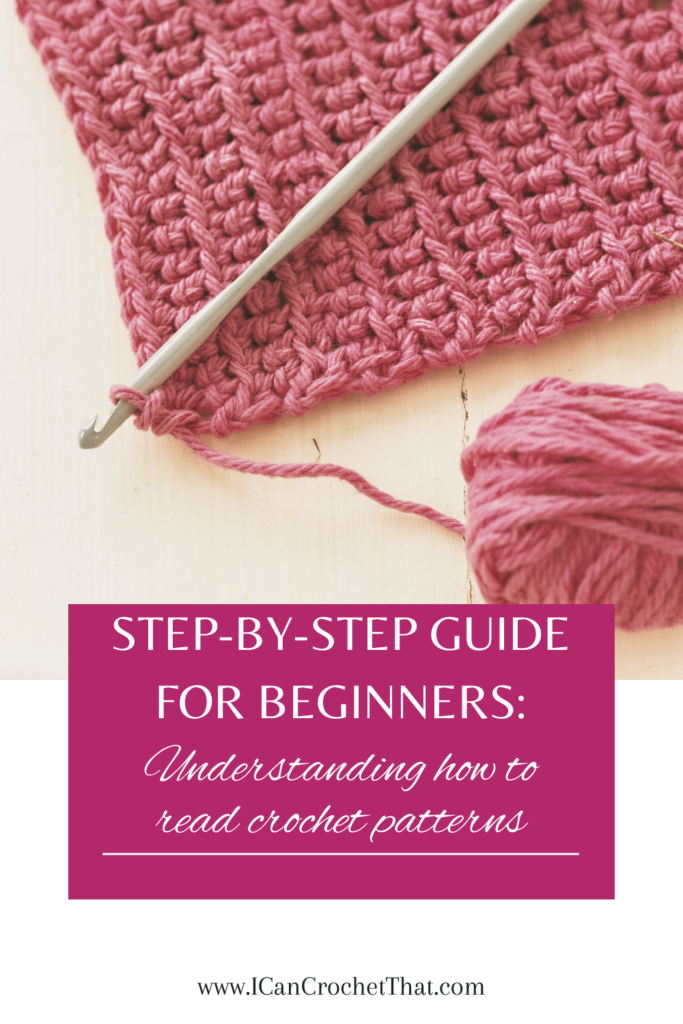
Crochet Confidently: Beginner's Guide on How to Read Crochet Patterns
Today, I have ten tips to remember when reading crochet patterns. Understanding what they mean fully will take some time, so be patient with yourself and practice, practice, practice!
1. Know Basic Crochet Terms and Abbreviations
Crochet patterns are written in a shorthand using common abbreviations.
For example, "ch" stands for chain, "sc" for single crochet, and "dc" for double crochet. Familiarize yourself with these terms.
Here’s a chart to get you started:
| Ch | Chain | Dc | Double crochet | Turn | Turn your work to prepare to work on the next row |
| Sl St | Slip Stitch | Tr (trc) | Triple (treble) crochet | Join | Join two stitches (usually slip stitch) |
| Sc | Single Crochet | Inc | Increase | Rep | Repeat |
| Hdc | Half double crochet | Dec | Decrease | Ch-Sp | Chain space (the space between two stitches created by a chain) |
If you're ready to dive deeper into this topic, check out our post about crochet abbreviations.
2. Understand Crochet Symbols
Many patterns are just written out, but occasionally, patterns will include diagrams with symbols representing different stitches.
All of the symbols will be arranged in a visual pattern that looks just like the project you’re making, and each symbol corresponds to a specific type of stitch.
Learning these symbols can help you read pattern diagrams.
There are several charts and descriptions in both books and online that will have the more complicated crochet symbols, but here’s a chart of the most basic ones:

3. Read Through the Pattern Before Starting
Before you begin crocheting, read through the entire pattern. This will give you an overview of the project and highlight parts requiring special attention.
The beginning of a crochet pattern will usually have the skill level and the basic information you need to already know before completing the project:
- Beginner: usually worked in one color, basic crochet stitches such as chain, slip stitch, single crochet, double crochet, and half double crochet.
- Intermediate: Intermediate patterns usually involve at least one color change, more complicated stitches, and using yarn that’s a bit more advanced, such as jumbo fluffy yarn.
- Advanced: Advanced crochet patterns usually use complicated stitches, several color changes, shaping, and seaming/sewing. Tapestry crochet is seen as an advanced technique because of the constant color changes.
The beginning of a pattern will also give you the tools you need to complete the project, such as the hook size, type of yarn, and additional supplies like stitch markers, a darning needle (used for sewing pieces together and weaving in ends), or a ruler.
The hook size can be determined by metrics (millimeters), size number, and size letter. (Ex. a J hook is also a 6 mm hook)
It will also give you the measurements for the project: height, width, and depth.
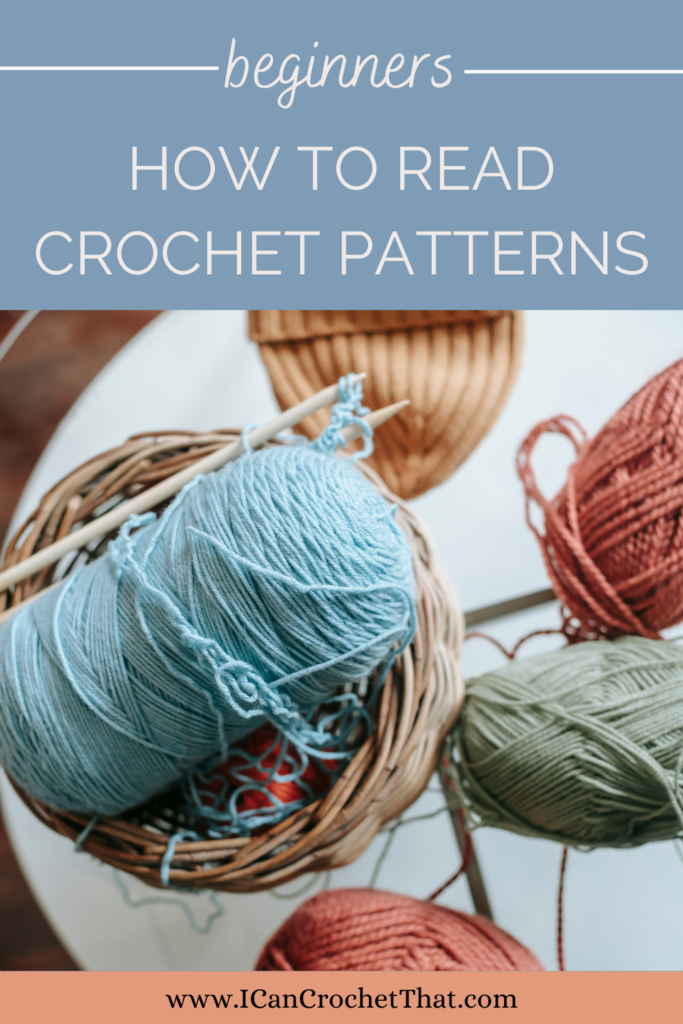
4. Gauge Matters
Gauge refers to the number of stitches and rows per inch. Getting the gauge right is crucial for your project to turn out the right size. You might need to adjust your hook size to achieve the correct gauge.
Gauge will usually look something like: Gauge - 10 st and 6 rows per 5 in. That means in a square of 5 in, there should be 10 stitches and 6 rows.
5. Stitch Count
Pay attention to stitch counts at the end of rows or rounds. This ensures that you have the correct number of stitches and that your work is shaping correctly.
The amount of stitches you’re supposed to have at the end of a row will usually appear at the end of the instructions for that row.
Ex. Sc in next st and all the way to the end of the row. (176)
6. Repeats and Brackets
Patterns often use asterisks, brackets, or parentheses to indicate a series of stitches that will be repeated. Make sure you understand how many times to repeat these sequences.
Parentheses usually refer to a group of stitches that should be worked together, usually in the same stitch.
Ex. Row 2: in next dc work (1 sc, ch 1, 1 sc)
Sometimes, parentheses will have a number outside them, indicating how often a pattern of stitches needs to be repeated.
Ex: (1 sc, ch 1, 1 sc) 3 times
Brackets function the same way as parentheses. They are interchangeable so that you may see one or both.
Asterisks will be placed on the outside of a section of stitches that will be repeated several times.
Ex. *Dc in next 3 st, ch 1, dc in next 2 st* Rep. from * to * until end of row
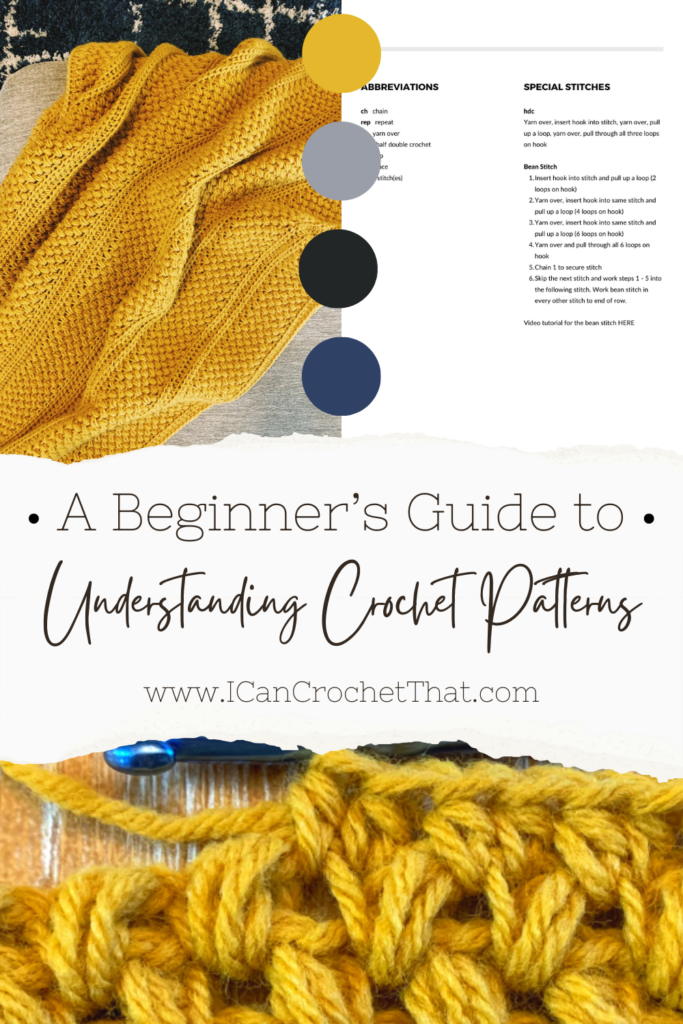
7. Understand Increases and Decreases
Many patterns involve increasing or decreasing stitches to shape the work. Recognize the instructions for these techniques.
Increases usually involve putting two stitches in the same stitch, and decreases will involve putting one stitch through two stitches, decreasing the number of stitches in a row.
8. Seek Help When Needed
If you're stuck, don't hesitate to ask for help. There are many online forums, social media groups, and local yarn stores where experienced crocheters are willing to assist.
9. Practice with Simple Patterns
Start with simple patterns and gradually work up to more complex projects. This will build your confidence and understanding of how patterns are structured.
These projects will usually only have one color, be worked flat (no working in the round or shaping, and use simple stitches such as single and double crochet.
Stick with patterns that fit this criteria to build your crocheting confidence.
Examples of patterns to start with are small blankets, scarves, dishcloths, table runners, and basic tank tops.
Explore some of the best beginner crochet patterns and picks pattern to get started with!
10. Use Resources
There are many books, online tutorials, and videos that can help you learn to read crochet patterns. Utilizing these resources can provide additional clarity and guidance.
Remember, reading crochet patterns takes practice and patience, like any new skill. Keep trying, and you'll find that it gets easier over time!
